The Raspberry Pi 2 is the second-generation of Raspberry Pi and brought with it the first major upgrade to the Raspberry Pi’s hardware.
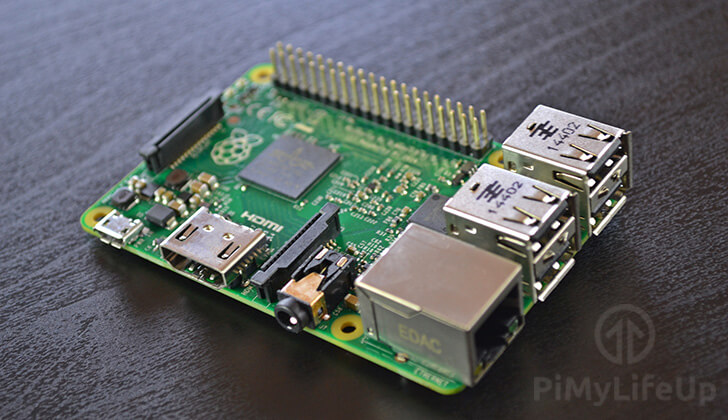
The Raspberry Pi 2 was the successor to the original Raspberry Pi B and B+.
There were two releases of the Raspberry Pi 2 Model B boards. The newer version contains a slightly more modern processor than the first release of the Pi 2.
The second revision of the Pi 2 is branded as (v1.2), and the designation can be found printed on the Raspberry Pi’s circuit board.
The Raspberry Pi 2 is similar to the Raspberry Pi B+ as it has the same base functionality and hardware layout. It did, however, provide a giant step forward in the processing power of the Raspberry Pi.
The CPU
The Raspberry Pi team achieved the performance increase by swapping out the weak single-core ARMv6 processor with a much more powerful quad-core ARMv7 processor that is clocked at 900 MHz.
The CPU upgrade represented both a four times increase in core count and a 200 MHz increase in core speed. Overall this created an almost six times increase in performance when compared with the original Raspberry Pi.
As the Pi 2 contains an ARMv7 processor, it was capable of running a lot more OS distributions out of the box when compared against the first generation of the Raspberry Pis.
This selection of operating systems includes Snappy Ubuntu core, Microsoft Windows 10 and the full range of ARM GNU/Linux distributions.
The RAM
The Pi 2 also features double the amount of RAM than its predecessor, bringing its total amount of RAM to 1GB.
Ultimately this allows the Pi to handle much more resource-intensive tasks that the original Pi would struggle with.
However, all these performance improvements came at the cost of increased power usage. This power usage made the Raspberry Pi slightly less useful for portable embedded projects.
The portability problem was eventually solved by the creation of the more energy-efficient, yet weaker Raspberry Pi Zero.
The Pi 2 has now been superseded by the more feature-packed and powerful Raspberry Pi 3 and Raspberry Pi 4.
Be sure to check out our information on the Raspberry Pi 3 and Raspberry Pi 4 if you want to learn more about these newer devices.
Raspberry Pi 2 Specifications
CPU:
1.0 – 900MHz quad-core ARM Cortex-A7 CPU
1.2 – 900MHz quad core ARM Cortex-A53 CPU
GPU: 250MHz Broadcom VideoCore IV
RAM: 1GB (Shared with GPU)
Storage: Micro SD
USB 2.0 Ports: 4
USB 3.0 Ports: 0
Networking: 10/100 Mbps Ethernet
Video Input: 15-pin MIPI camera interface (CSI) connector
Video Ouputs: HDMI 1.3, MIPI display interface, DSI
Audio Inputs: Audio over I2S
Audio Outputs: 3.5mm phone jack, Digital Audio via HDMI
Low-Level peripherals 17 x GPIO, +3.3v, +5v, ground, Plus the following that can be used as GPIO: UART, I2C Bus, SPI bus with two chip select, I2S audio
Power Ratings: 220 mA (1.1 W) average when idle, 820 mA (4.1 W) under stress.
Power Source: 5v via MicroUSB or GPIO header
Size: 85.60mm x 56.5mm x 17mm
Weight: 45 g (1.6 oz)
Pi 2 Hardware Diagram
Below we have included a general schematic of the Raspberry Pi 2 hardware.
This diagram shows the general position of all the important IC’s on the Pi 2 hardware. Directly underneath this diagram we show the layout of the GPIO pins.
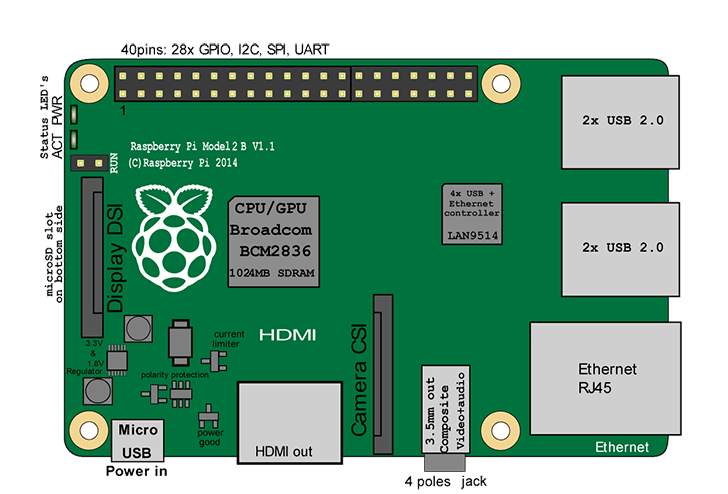
GPIO Pinout of the Raspberry Pi 2
Within this section, you can view a diagram of the Raspberry Pi 2 GPIO pins.
The GPIO pinout shows each pin available on the GPIO interface. This includes its physical numbering, GPIO numbering and any unique functionality tied to those pins such as UART.
For a further explanation on the GPIO pins, be sure to check out guide on utilizing the Raspberry Pi GPIO pins.


Buying a Raspberry Pi 2
You’re still able to pick up the Pi 2 from various retailers. You’re most likely to find it on marketplaces such as eBay or Amazon since it has been replaced by newer versions of the Pi.
If you’re interested in buying the Pi 2, then you can find this latest model by just clicking on the button below.
The Pi 2 is now a little dated but it’s still the perfect board for most projects that you can do on the Pi. If you can get one cheap or have one lying around then you should definitely put it to use.
That’s all we have regarding the Raspberry Pi 2 and its features. If you have any feedback regarding this article or have anything to add then please don’t hesitate to leave a comment below.
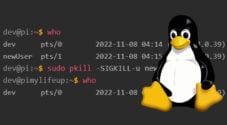

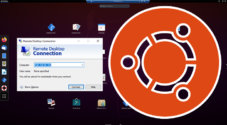

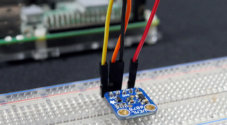
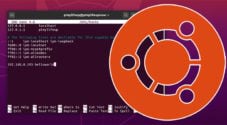
Would love to learn to program the most powerful Pi